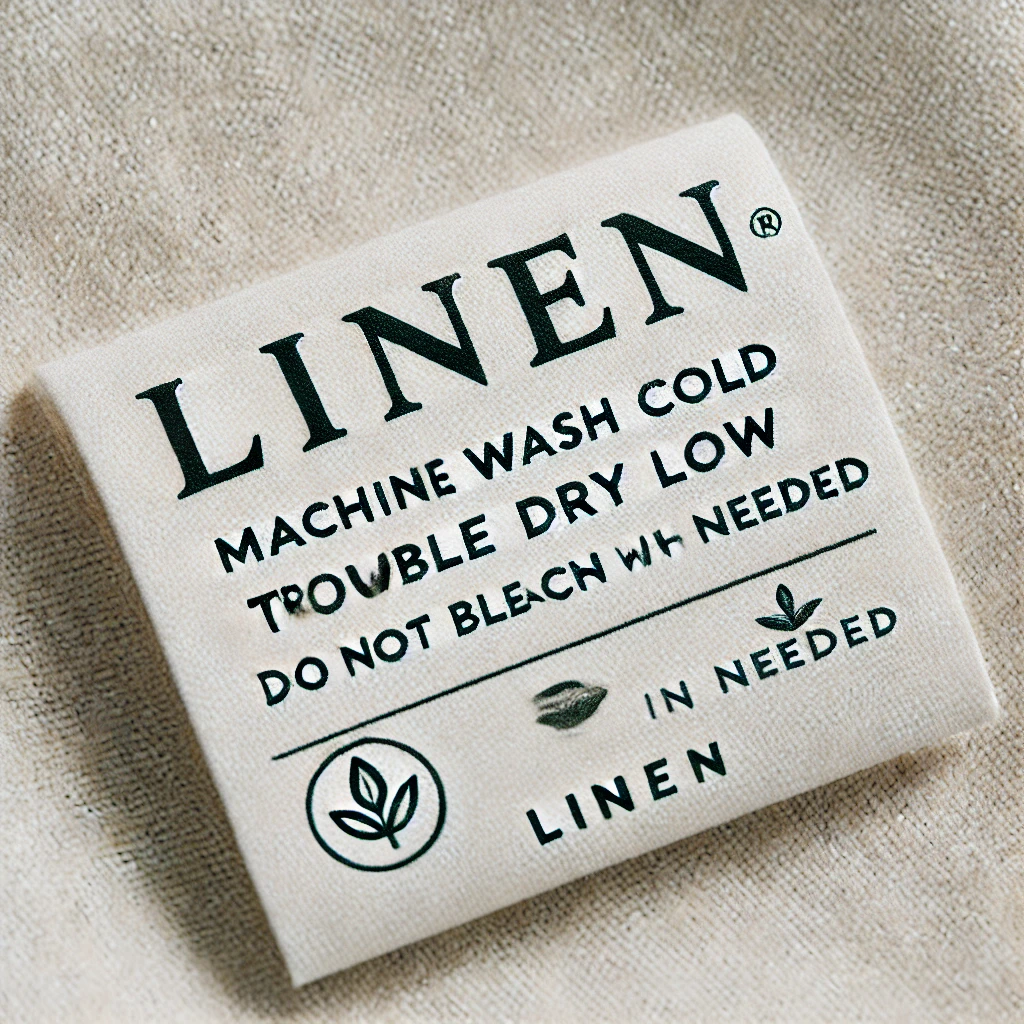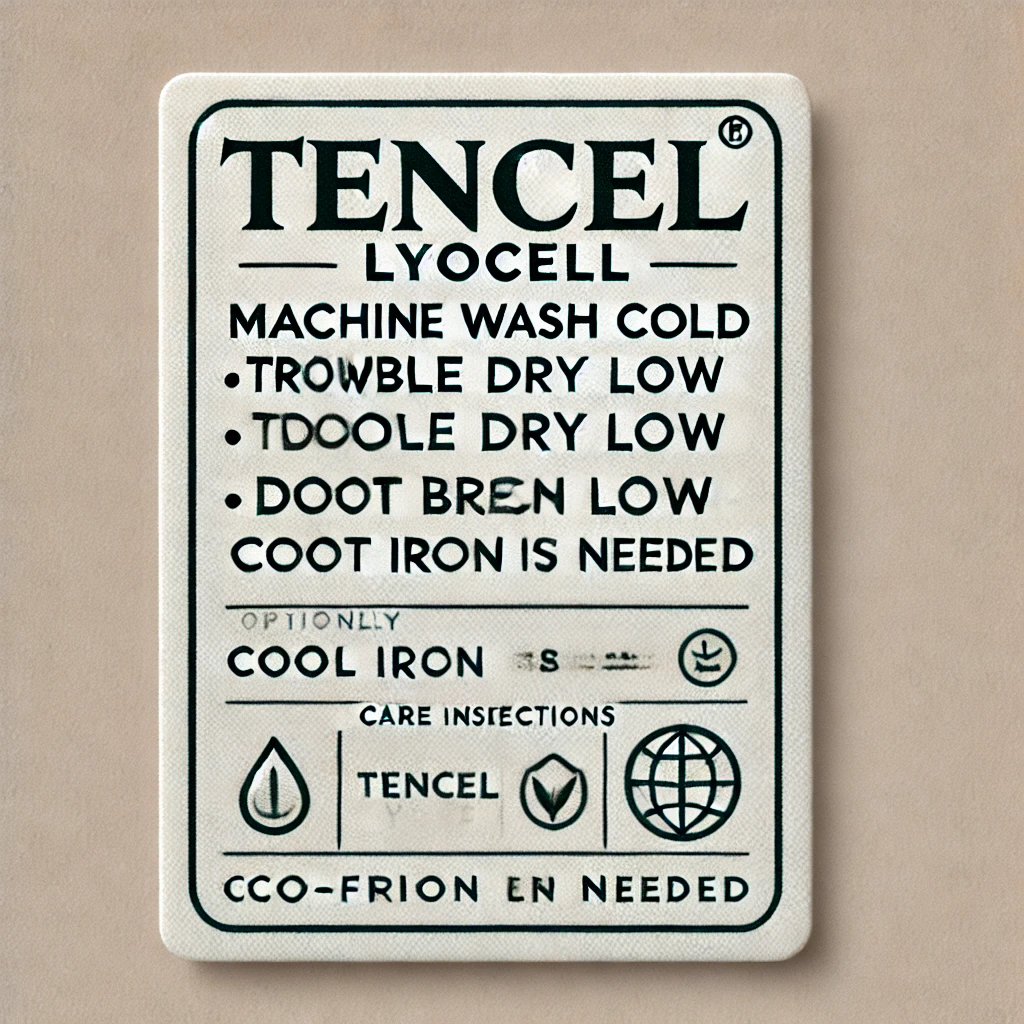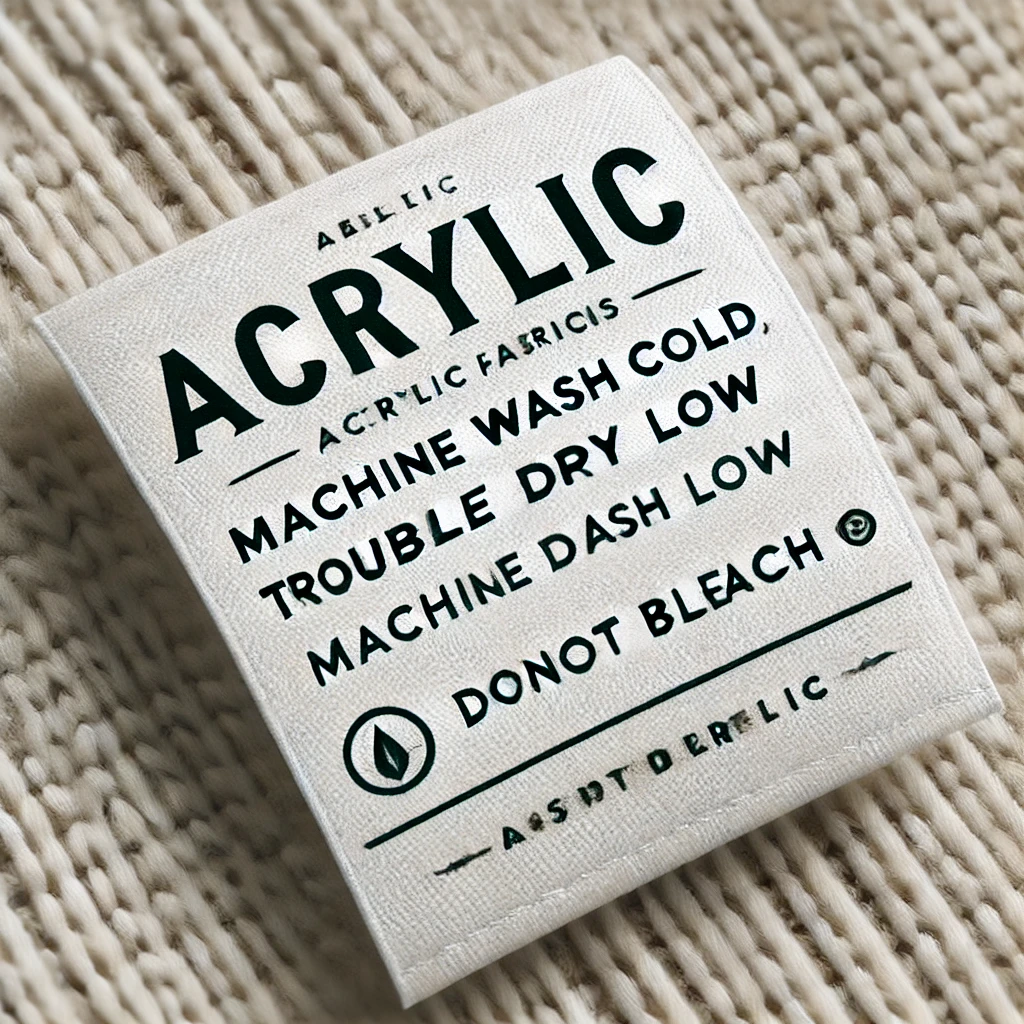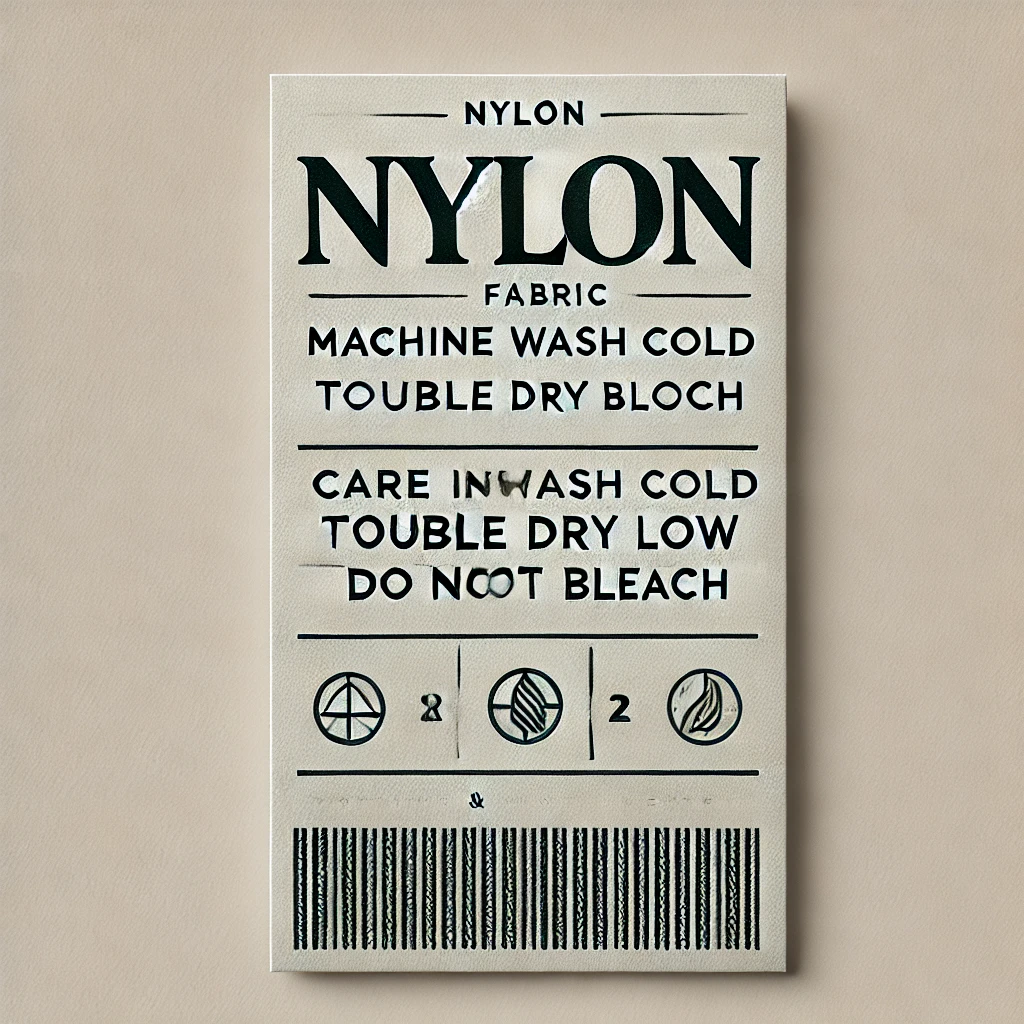Decode Your Clothes: A Guide to Reading Labels for Sustainable Fashion
- ARTE.M Association
- Jun 26, 2024
- 5 min read
🌿👗 Today, we're diving into the world of sustainable fashion and how you can make informed choices by simply understanding clothing labels. Yes, those tiny tags on your clothes hold a wealth of information! Let’s learn how to decode them to ensure our wardrobe choices are kind to the planet.
We started with a simple task, we asked partners, students and collaborators of our association to bring cut labels from their clothes....Ups , the results were impressive....

Why Care About Clothing Labels?
Understanding clothing labels is crucial for making sustainable fashion choices. These labels tell you about the materials used, the care instructions, and the ethical practices behind your garments. By reading them correctly, you can:
Choose eco-friendly fabrics.
Ensure proper care to extend the life of your clothes.
Support ethical brands that value fair labor practices.
Key Elements on Clothing Labels
Fabric Content
Look for natural and organic fibers like cotton, linen, hemp, and bamboo. These materials are biodegradable and often require fewer resources to produce.
Be cautious with synthetic fibers like polyester, nylon, and acrylic. They are derived from petroleum and contribute to microplastic pollution.
Care Instructions
Proper care can significantly extend the life of your garments. Look for instructions like “wash cold,” “hang dry,” or “gentle cycle” to minimize energy use and wear and tear.
Avoid dry cleaning whenever possible, as it involves harmful chemicals.
Benefits of Proper Care
Cost Savings: Extending the life of your clothes saves money in the long run.
Sustainability: Reducing the frequency of replacements lowers your environmental footprint.
Personal Satisfaction: Maintaining your clothes well keeps them looking new and enhances your personal style.
By following these care tips, you can enjoy your favorite pieces longer and contribute to a more sustainable fashion cycle.
Country of Origin: What It Means for Your Clothes
When you check the label on your new shirt or pair of jeans, you’ll often find information about the country where the garment was made. This detail can offer insight into the working conditions and ethical practices behind your purchase. Here are a few examples of countries and what you might expect regarding labor laws and working conditions:
Italy
Italy is renowned for its high-quality craftsmanship, especially in fashion and leather goods. The country has strong labor laws that ensure fair wages, reasonable working hours, and safe working environments. Brands like Gucci and Prada are often associated with Italian manufacturing, although it's always wise to research each brand’s specific practices.
However, pay attention to the quality of the label and how it is sewn ...this one, for example, clearly demonstrates the fake country of origin.
Only one label is real. Guess which one ?
Bangladesh
Bangladesh is one of the largest producers of ready-made garments. The industry has faced criticism for poor working conditions, low wages, and safety issues, highlighted by the tragic Rana Plaza collapse in 2013. However, there have been significant improvements and reforms since then. Brands sourcing from Bangladesh should be researched to ensure they support factories with fair labor practices.
United States
Garments made in the USA are often associated with stricter labor laws and regulations that protect workers' rights, including minimum wage standards, occupational safety, and health regulations. Brands like American Giant and some lines of Levi's are produced domestically, offering a level of assurance regarding labor conditions.

China (PRC - People's Republic of China)
China, often labeled as PRC on garments, is a major hub for textile manufacturing. While the country has modernized many of its factories and improved labor laws, issues like excessive working hours and worker exploitation can still be found. It’s essential to investigate the practices of individual brands and their specific suppliers in China to ensure they adhere to ethical standards. Brands like H&M and Zara source extensively from China, making it crucial to research their specific practices.
H&M's Sourcing Practices :
Swedish giant H&M buys a lot of clothes from China. The corporation has pledged to enhance supply chain sustainability and labor:
Sustainability: H&M wants to utilize 100% recycled or sustainable materials by 2030. Other projects include the Conscious Collection, which uses sustainable textiles.
By listing its suppliers, including Chinese ones, H&M has boosted openness. They say they inspect factories for labor and environmental compliance.
Challenges: Despite these efforts, H&M has been criticized for labor and environmental difficulties. Some of their Chinese suppliers have been accused of labor rights violations and terrible working conditions.
How Zara Sources
Inditex-owned Zara sources largely from China. Zara's fast manufacturing cycle and fashion response are well-known:
to use 100% sustainable cotton, linen, and polyester by 2025. They want net-zero emissions by 2040.
Inditex lists its suppliers, including Chinese ones, like H&M. They have a supplier code of conduct and frequent audits to guarantee fair labor.
Challenges: Zara has been criticized for labor and environmental abuses like H&M. Their Chinese suppliers have been accused of long hours, poor salaries, and dangerous conditions.

Portugal
Portugal is emerging as a key player in sustainable and ethical fashion manufacturing. The country has robust labor laws, ensuring good working conditions and fair wages. Portuguese factories are known for their high-quality craftsmanship, particularly in footwear and denim production. Brands like Veja and Stella McCartney often source from Portugal.
Vietnam
Vietnam is another significant player in the global garment industry. The country has been working to improve its labor standards and factory conditions. Brands such as Nike and Uniqlo source from Vietnam, and while improvements are ongoing, it’s crucial to verify the ethical practices of these brands.
Morocco
Morocco is known for its rich textile traditions and growing apparel manufacturing industry. The country has made strides in improving labor conditions, but challenges remain, including wage disparities and workplace safety. Brands like Zara and Mango source from Morocco, so it's important to research their specific labor practices and ensure they support ethical manufacturing.
India
India is a major player in the textile and garment industry, known for its diverse range of fabrics and techniques. While the country has labor laws in place, enforcement can be inconsistent, leading to issues such as child labor, low wages, and poor working conditions. Brands like FabIndia and Global Desi emphasize ethical sourcing, but it’s essential to verify each brand's practices.
Mexico
Mexico has a significant apparel industry, benefiting from its proximity to the United States. The country has improved its labor standards, but issues such as low wages and unsafe working conditions can still occur. Brands like Levi’s and American Eagle source from Mexico, and researching their specific practices can help ensure ethical production.
Why It Matters
Understanding the country of origin for your clothing can give you a general idea of the labor conditions under which it was made. However, it’s equally important to research the specific practices of the brands you buy from. Countries with strong labor laws generally provide better working conditions, but brand-specific policies and commitments to ethical manufacturing are crucial in ensuring fair treatment of workers.

Do Your Research ?
Before making a purchase, take a few minutes to look up the brand’s labor practices. Websites like Good On You and Fashion Revolution provide ratings and information on various brands' ethical practices. By staying informed, you can make more responsible choices that support fair labor practices around the world
Practice Makes Perfect
Next time you’re shopping, take a moment to read the labels. It might seem daunting at first, but with practice, you’ll become a pro at identifying sustainable options. Remember, every small step counts towards a more sustainable future!

Photo by freestocks on Unsplash




































Comments